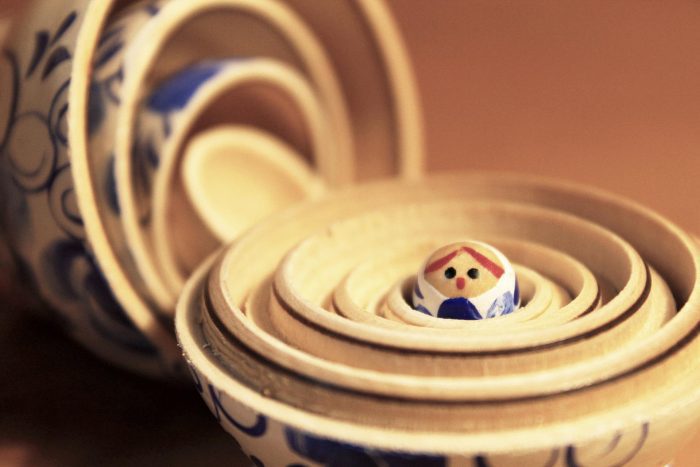By Leah S. Dunaief

Busloads of immigrants are arriving in New York City regularly, sent from the border by the Texas governor. He doesn’t know what to do with so many, but we do. We up here in the northeast can use a lot of help, to judge from the omnipresent “Help Wanted” signs.
Of course, the newcomers cannot fit into communities seamlessly, functioning in any and every job. First, they need food, housing and perhaps medical care. Their children need to be registered for school. The parents have to be interviewed to determine their skills and preferences for work. To us, it would seem there are a number of jobs that they might fill fairly quickly even if they come with no special training, and especially if they have the benefit of a translator on the work premises or on the phone.
Restaurants in particular seem to be in need of additional help. Some positions there need energy and elbow grease, like busing tables, washing dishes and keeping the rooms clean. The same might be said for other parts of the hospitality and entertainment industries, like hotels and theaters. Hospitals need additional hands for cleaning and helping patients. Businesses and offices must be kept clean and neat. The same for private homes.
Of great need is childcare, which in effect is a universal job but one for which applicants would have to be carefully screened. There is $7 billion of public funding available for childcare from New York State, but only some 12% of those who might qualify are aware of the program. An intense information campaign has been proposed to get the word out, and once there is a greater response, more caretakers will need to be retained and trained. The money is there to pay them.
New York City has long been the gateway to America for immigrants. And America has long been the promised land for those fleeing persecution, political chaos or even war at home, or those hoping to better themselves and especially their children in a country that offers opportunity.
We are a nation peopled by immigrants. While some families can brag about their long lineage here in America, the point is that at some time, ancestors came here from somewhere else, unless they are Native Americans. And the striving of immigrants to succeed and fit in has helped our country to succeed. Imagine what it must take to pull up roots, leave behind everything you know and those you love, and travel, in some instances great distances along perhaps dangerous routes, to come to America. Many don’t speak English. Others never make it here.
To do so must take great courage, determination and ambition. These are skills we need. And we need people. In addition to the evidence of Help Wanted signs, we know that our birth rate is dropping. More and more couples are opting not to have children, whether because of the expense, (some $300,000 per child today), the challenge of climate change or any other reasons.
We have a checkered history at best when it comes to welcoming immigrants. When I was growing up in New York City, for example, Puerto Ricans were arriving in substantial numbers. They were generally disparaged, accused of taking “American” jobs and causing crime. Leonard Bernstein’s “West Side Story” is a fairly accurate depiction set to music. Newcomers have had to elbow their way into the country, largely because they start out being culturally different, and differences are often feared.
My neighborhood as I was growing up, Yorkville, was largely populated by Germans. Restaurants advertised various krauts and wiener schnitzel. Beer halls lined East 86th Street, with polka music spilling onto the sidewalk, luring in passersby. Some residents, who had arrived generations earlier, made fun of them and their accents. Then in my teen years, the Germans moved up and out to the suburbs and elsewhere and were replaced by Hungarians, and the restaurant “specials” signs now offered “veal paprikash.” Again the same cycle.
New York City renews itself with its immigrants. So does America. We need them to remain us.

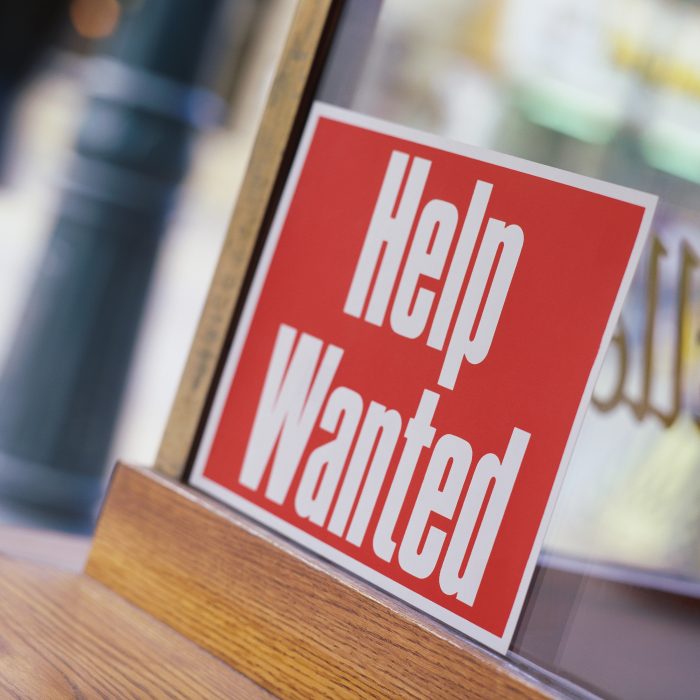
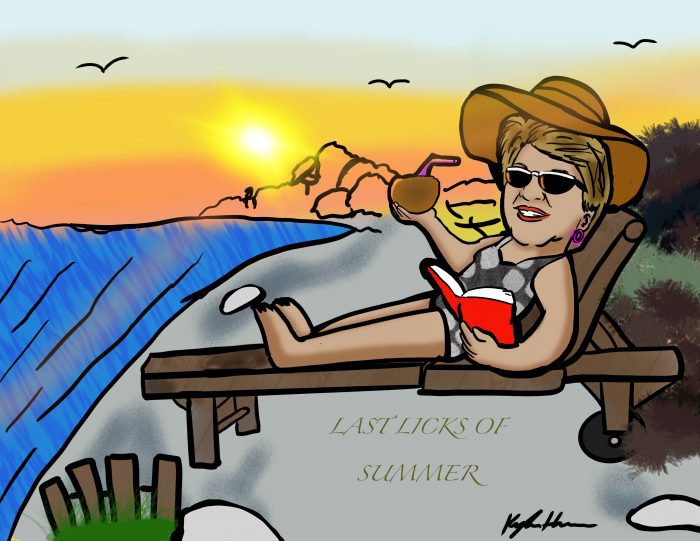


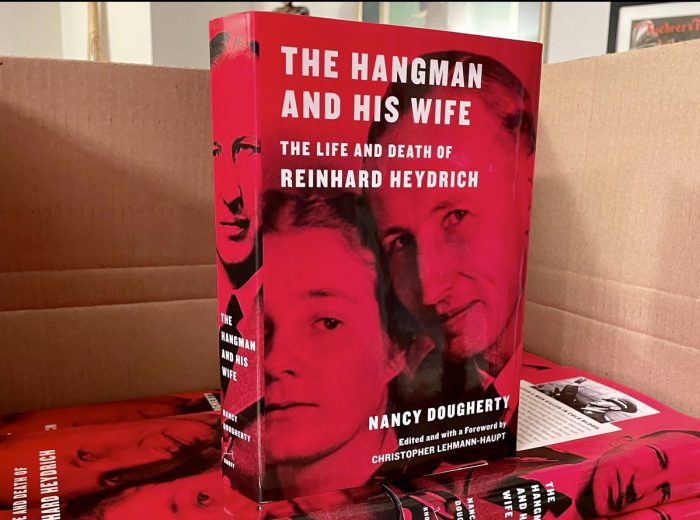

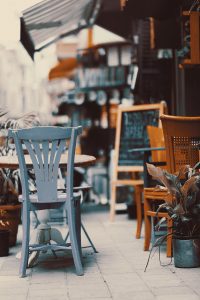 We live in a wonderful place with many delightful offerings, but we probably don’t take the time to dwell on that fact. For example, even this past Thursday alone, we could have attended the opening night of the Stony Brook Film Festival, screening indie movies from throughout the world at the Staller Center on the campus of Stony Brook University. Or we might have tapped our feet and kept time with a performance at The Jazz Loft in Stony Brook village. The Huntington Summer Arts Festival has ongoing performances, this past Thursday featuring Lakecia Benjamin & Pursuance that started at 8 p.m. in Heckscher Park.
We live in a wonderful place with many delightful offerings, but we probably don’t take the time to dwell on that fact. For example, even this past Thursday alone, we could have attended the opening night of the Stony Brook Film Festival, screening indie movies from throughout the world at the Staller Center on the campus of Stony Brook University. Or we might have tapped our feet and kept time with a performance at The Jazz Loft in Stony Brook village. The Huntington Summer Arts Festival has ongoing performances, this past Thursday featuring Lakecia Benjamin & Pursuance that started at 8 p.m. in Heckscher Park.